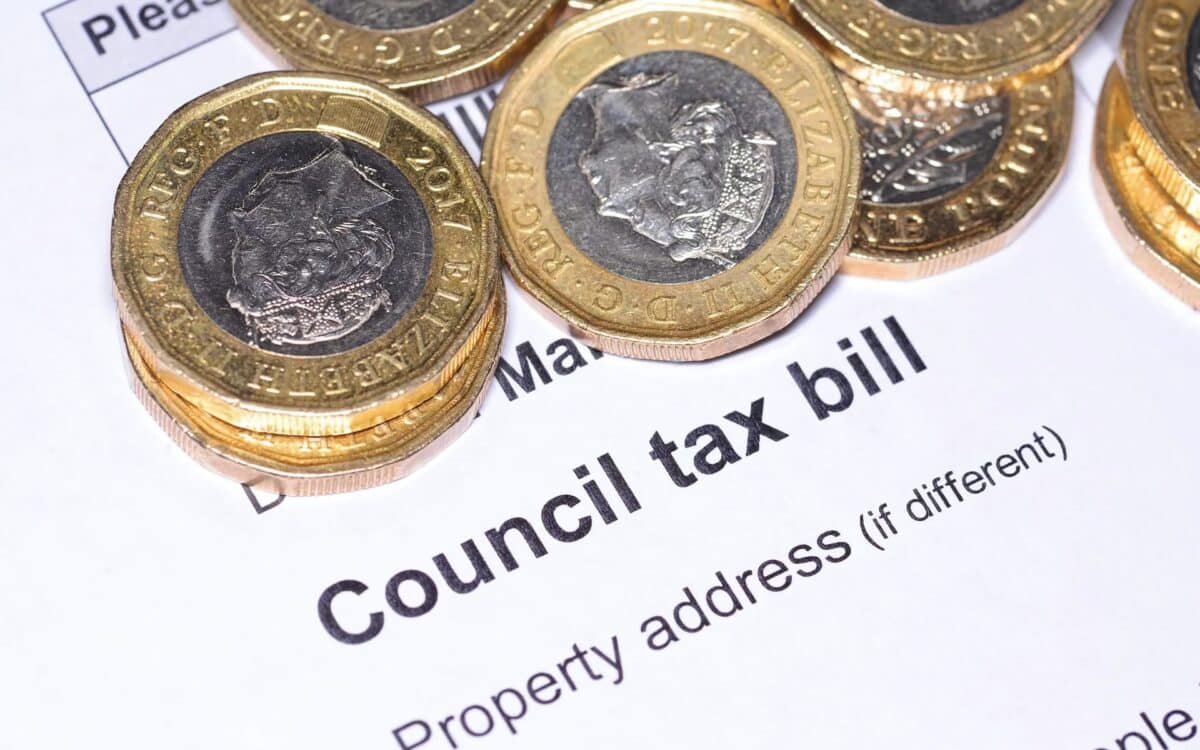In the UK, thousands of families could benefit from a significant reduction in their annual energy costs under the Great British Insulation Scheme. The scheme aims to help households pay their energy bills as winter approaches
The scheme improves the energy efficiency of the worst insulated homes, particularly those in the lower Council Tax bands. Qualifying households can benefit from new roof, loft or cavity wall insulation, saving between £300 and £400 a year on their energy bills.
Further support is available from existing government schemes such as the Energy Company Obligation (ECO), which offers poor families free energy efficiency improvements such as heat pumps and solar panels.
Overall energy efficiency has improved significantly since 2010, with the proportion of homes rated EPC C or above rising from 14% to 47% by 2022. As a result, the Great British Insulation Scheme will build on this progress by making energy saving measures available to even more UK households.
However, the project is welcome news to energy efficiency groups. Mike Thornton, chief executive of the Energy Saving Trust, stated that it would help solve the energy crisis and the climate emergency. He pointed out that:
“Improving the energy efficiency of our homes provides a triple win: cutting energy bills, decreasing carbon emissions, and improving energy security.”
What Homeowners Need to Know
Eligible homeowners can access funding for various insulation measures, including:
- Solid floor, flat or pitched roof insulation
- Cavity and solid wall insulation
- Loft, underfloor, and park home insulation
Details about the scheme, including eligibility criteria, are available on GOV.UK, where homeowners can also determine if their properties qualify for improvements.
What’s Ahead for UK Energy Prices?
Despite these energy-saving measures, UK households are closely monitoring developments in energy pricing. Ofgem, the energy regulator, is set to announce its next price cap on November 22, affecting rates from January 2025. Early predictions from energy analysts at Cornwall Insight suggest a modest 1% increase in the typical household price cap, rising from £1,717 to £1,736 annually.
Ofgem considers various factors when determining its price cap, including wholesale energy costs, maintenance of energy networks, VAT, and supplier profits. While the predicted rise is minimal, ongoing government initiatives like the Great British Insulation Scheme offer long-term solutions to reduce household energy expenses.









